Previously considered a separate species, Iriomote Cats Prionailurus bengalensis iriomotensis are now classed as a subspecies of the wide ranging Leopard Cat Prionailurus bengalensis.
The Iriomote Cat’s coat is a dark, dusky brown, marked with dark spots that tend to merge into bands. They are the size of a domestic cat, with a relatively long body, short legs and tail, and dark, rounded ears with white, central spots on the backs. Dark stripes run along the neck. There are white areas around the eyes, and irises of yellowish gold to amber. The backs of the ears have a white spot.
Distribution
Found only on the small (284 km²) Japanese island of Iriomote, studies have shown Iriomote cats prefer lower elevations, a mosaic of wetland, streams, small hills – which are also where the human settlements are. They have also been seen along the sandy beaches of the island.
Home range sizes have ranged from 1.4-5.8 km². The population was estimated at around 100 individuals in 1994. While the population was considered stable since monitoring began in 1982, researchers now think the population is declining due to accelerated rates of lowland habitat loss over the past decade.
Ecology
Iriomote Cats are active mainly at dusk and dawn and terrestrial, although they are also agile climbers and probably do some hunting in trees. They are known to swim well and catch fish on the shore.
Reproduction
For most of the year, Iriomote Cats lead a solitary life. Males fight for access to females and both sexes howl and meow like domestic cats. Mating has been recorded from December to March, and September/October. One to four kittens are usually born in a rock crevice or hollow tree den after an approximately 63 day gestation period. Kittens have been observed on their own as early as three months of age, but this seems to be a very young age to be independent of the adult female. They probably reach sexual maturity between 10 and 12 months.
Conservation
Local natives have been aware of the Iriomote Cat’s existence for a long time. People on the island have occasionally caught them in snares set to capture wild boars. They consider the cat’s meat a delicacy when they do snare it. The first scientific survey found that 63% of the islanders had seen these cats in the wild, and 12% had eaten them.
These cats face a variety of other threats, the most serious being competition and interbreeding with feral domestic cats. This dilutes the genetic integrity of the species, and threatens their existence. Veterinarians have initiated a program of vaccinating and sterilizing stray cats on the island to reduce disease transference and inbreeding. Iriomote Cats are also losing ground to developments such as roads, dams, and airports that destroy their natural habitat. Some 1,500 people farm sugar cane, pineapples and rice on the island’s flat coastal plain, and they are always looking for room to expand.
Part of their habitat has now been declared a wildlife protection area, and Japan’s Environment Agency has set up a feeding and monitoring program, with a view to increasing their numbers. The Iriomote Wildlife Centre is staffed by researchers and students from the universities, who use radio telemetry to track the cats. The island contains many signs advising motorists of the existence of the cats, and asking them to be careful in their driving. Approximately 10 cats per year are killed by autos.
Iriomote Cats are endangered primarily because they are restricted to a single population. They are listed as Endangered on Japan’s 2002 national Red List.
See also Leopard Cats
March 2015
Hikers Anna Beech and Matthew Abbott took these pictures while hiking through the 20 km hiking route on Iriomote Island, in the heart of the jungle. Are these Iriomote Cat tracks? All photos courtesy Matthew Abbott.
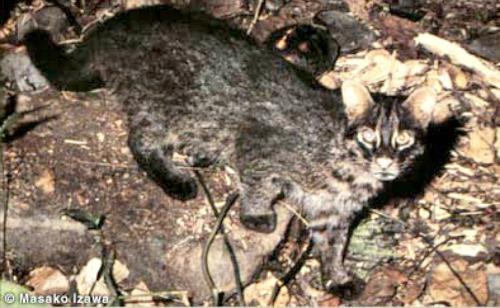

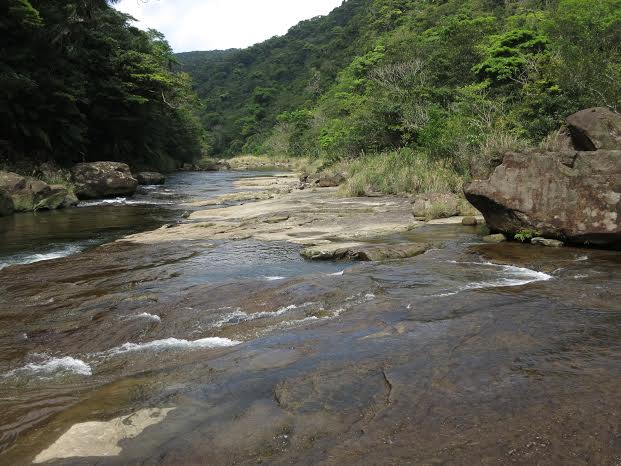
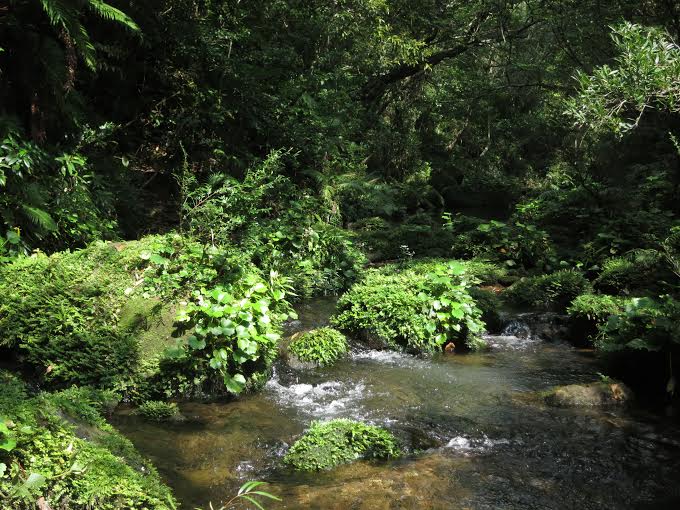
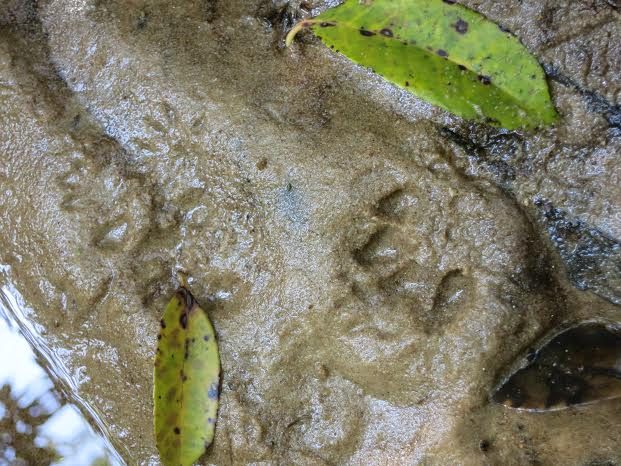
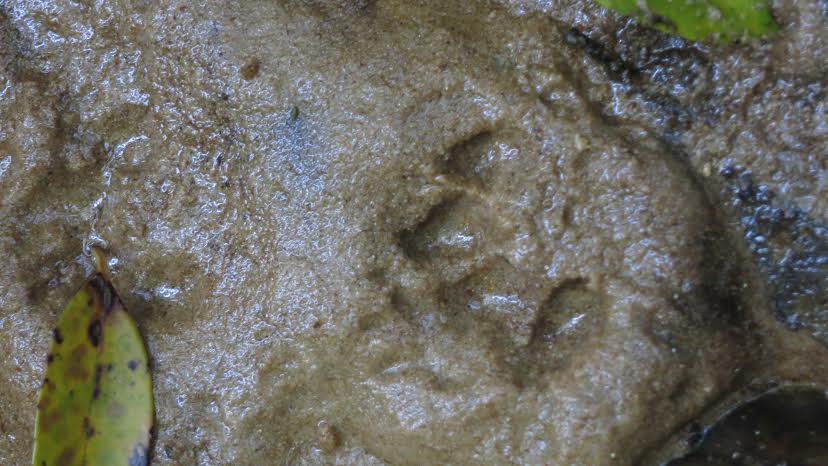

4 Responses